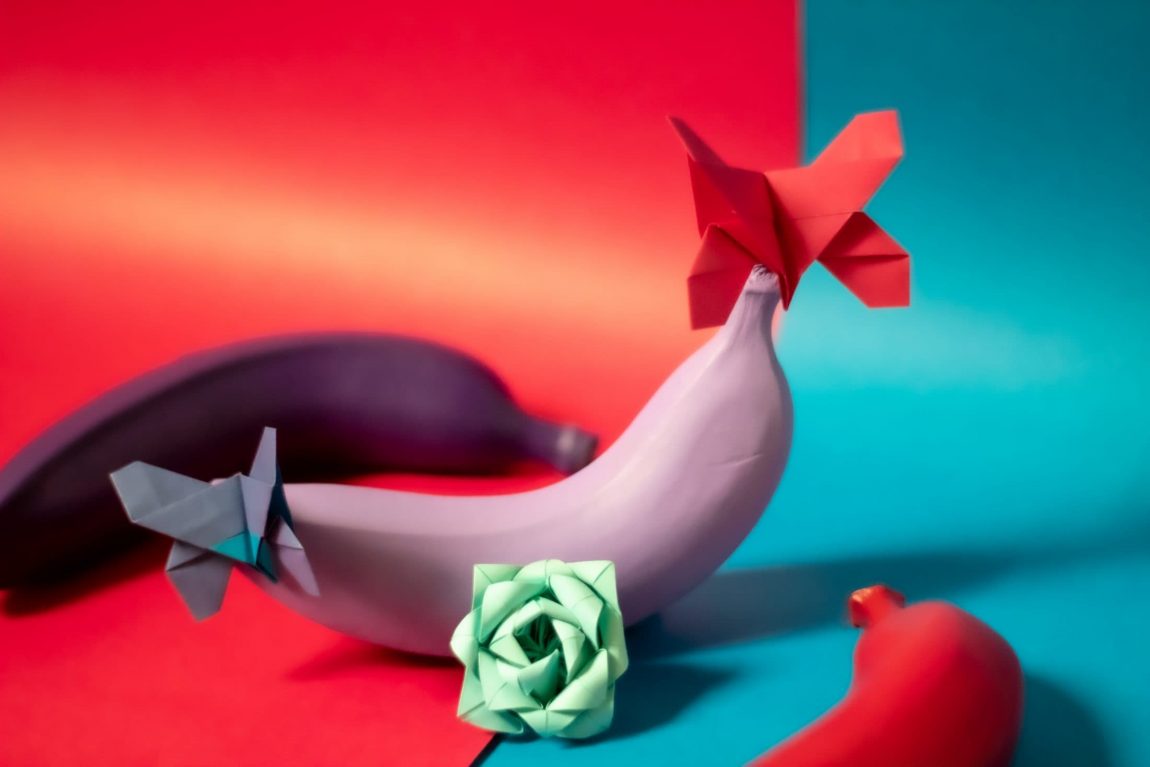Key Takeaways:
- Versatility and Accessibility: Paper craft is a diverse and widely accessible form of art, using paper or card as the main medium.
- Cultural Significance: It holds a special place in various cultures, reflecting local traditions and values.
- Educational and Therapeutic Uses: Paper craft is not only aesthetically pleasing but also beneficial in educational and therapeutic settings.
- Historical Roots: The history of paper craft dates back to ancient civilizations, evolving over time into various forms like origami and papier-mâché.
- Variety of Techniques: Techniques range from folding and cutting to layering and molding, each offering unique creative possibilities.
Remember the first time you tried to fold a paper plane? The thrill of watching it soar across the room is a simple joy many of us can relate to. That’s the beauty of paper craft – it’s a world where a simple sheet of paper transforms into something magical. Let’s dive into this fascinating world and explore why paper craft isn’t just an art form, but a celebration of creativity and culture.
A Tapestry of Traditions: The Global Love for Paper Craft
Picture this: a sunny afternoon in the Caribbean, where vibrant paper crafts reflect the lively spirit of the local fauna. Each fold, each cut, tells a story, a tribute to the animals that play a vital role in their culture. It’s a testament to how paper craft varies from one region to another, each style imbibing the essence of its homeland.
The Classroom and Beyond: Paper Craft as a Learning Tool
“Okay class, today we’re making paper flowers!” – words that would light up any classroom. It’s not just about fun; it’s a hands-on learning experience. Paper craft teaches kids about geometry, patience, and precision. And for children who find it hard to express themselves, it’s a form of therapy, letting them communicate through the art they create.
Unfolding History: The Evolution of Paper Craft
Did you know the word “paper” comes from ‘papyrus’? That’s right, the same material used in ancient Egypt. Imagine a pharaoh holding a papyrus map – the earliest form of paper folding! From there, we travel to Japan, where origami is not just an art but a cultural icon. And let’s not forget the intricate Chinese paper cutting, a dance of scissors and paper, creating delicate masterpieces.
The Joy of Making: Paper Craft Techniques
There’s something for everyone in paper craft. Love storytelling? Try scrapbooking, where every page narrates a chapter of your life. Or maybe you’re into 3D models, where you can build anything from a tiny robot to a majestic castle, all from paper. And then there’s quilling, where thin strips of paper spiral into beautiful designs, almost like magic.
Conclusion: More Than Just Paper
In the end, paper craft is more than just an activity. It’s a bridge between generations, a way to keep traditions alive. It’s a canvas for self-expression, and for many, a form of meditation. So, the next time you hold a piece of paper, think of the possibilities. What will you create?
Frequently Asked Questions
Q: Is paper craft expensive to get into?
A: Not at all! One of the best things about paper craft is its affordability. All you need to start is paper and a bit of creativity.
Q: Can paper craft be considered a serious form of art?
A: Absolutely. Paper craft is recognized and respected as a legitimate art form, with artists creating stunning, intricate works.
Q: Are there any digital tools for paper craft?
A: Yes, there are digital tools and software that can help in designing and planning paper craft projects, especially complex ones like 3D models.
Q: How can paper craft be used in education?
A: It’s great for teaching geometry, motor skills, and even history and culture through the various styles of paper craft.
Q: Is paper craft sustainable and eco-friendly?
A: Paper craft can be very eco-friendly, especially if you use recycled paper or materials. It’s a great way to upcycle paper materials.





